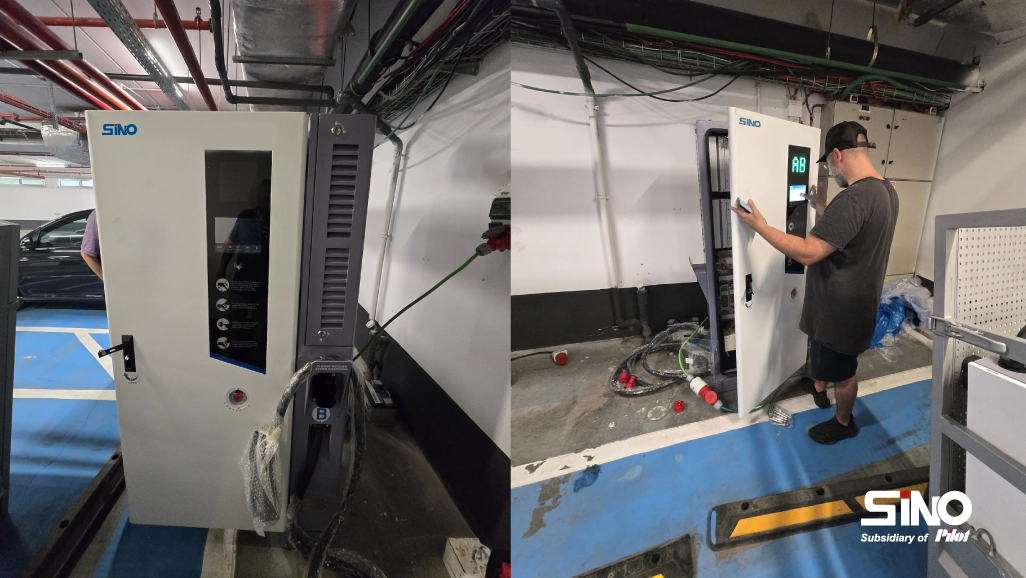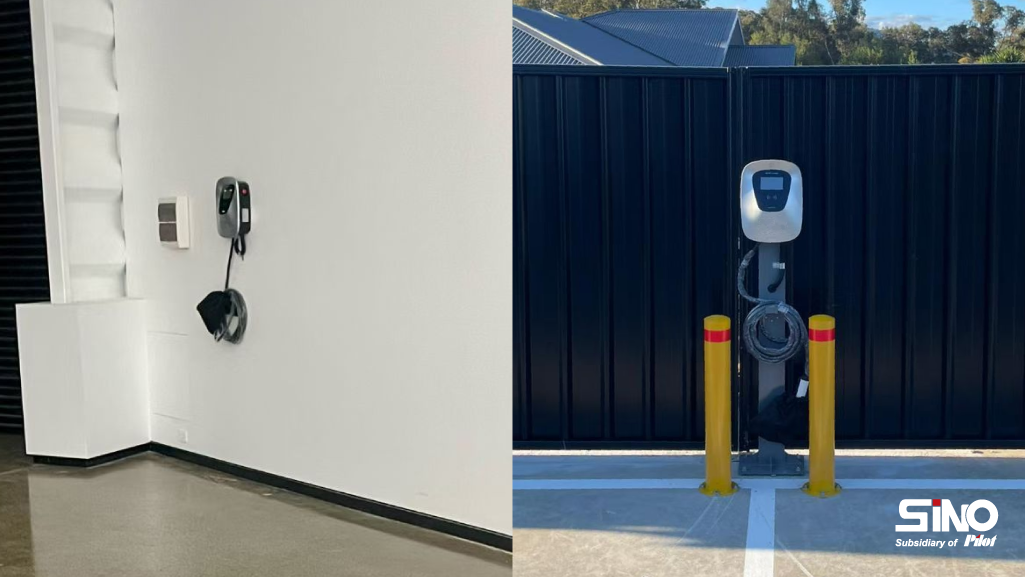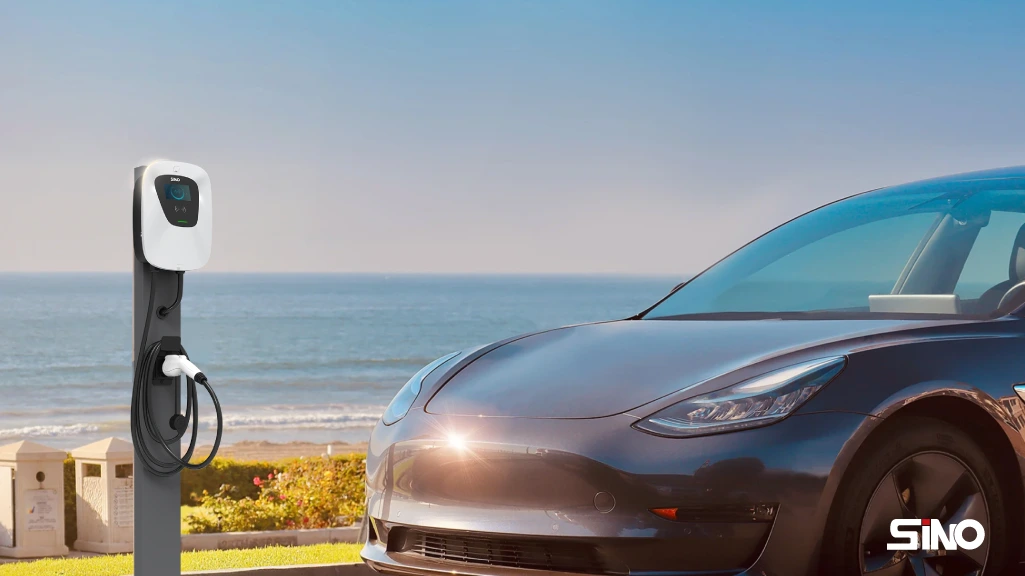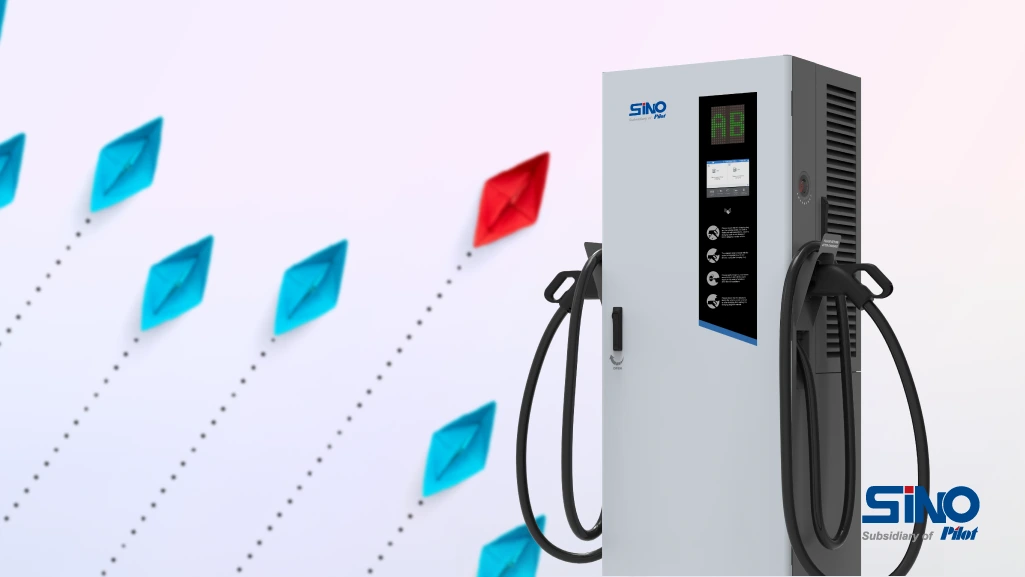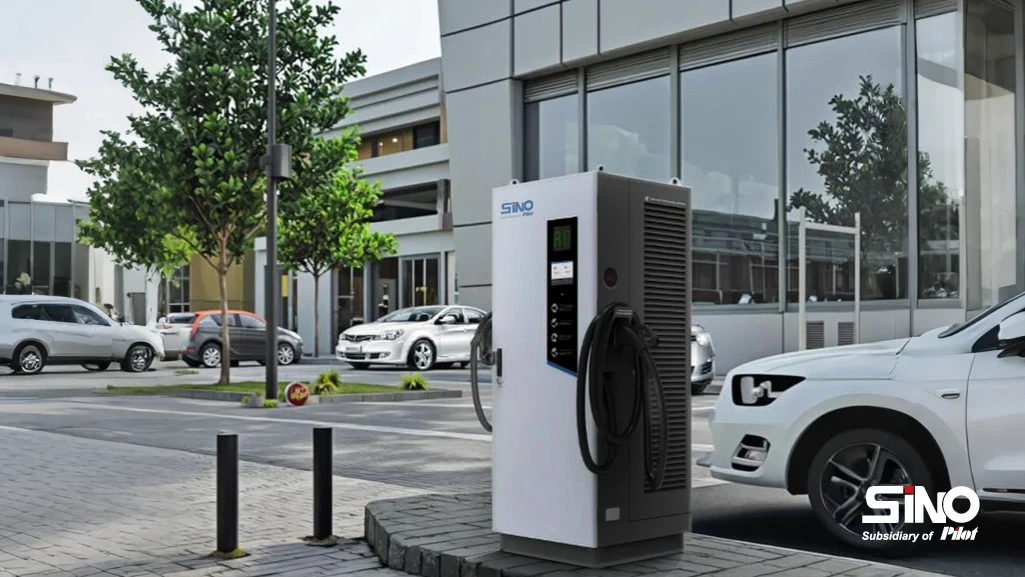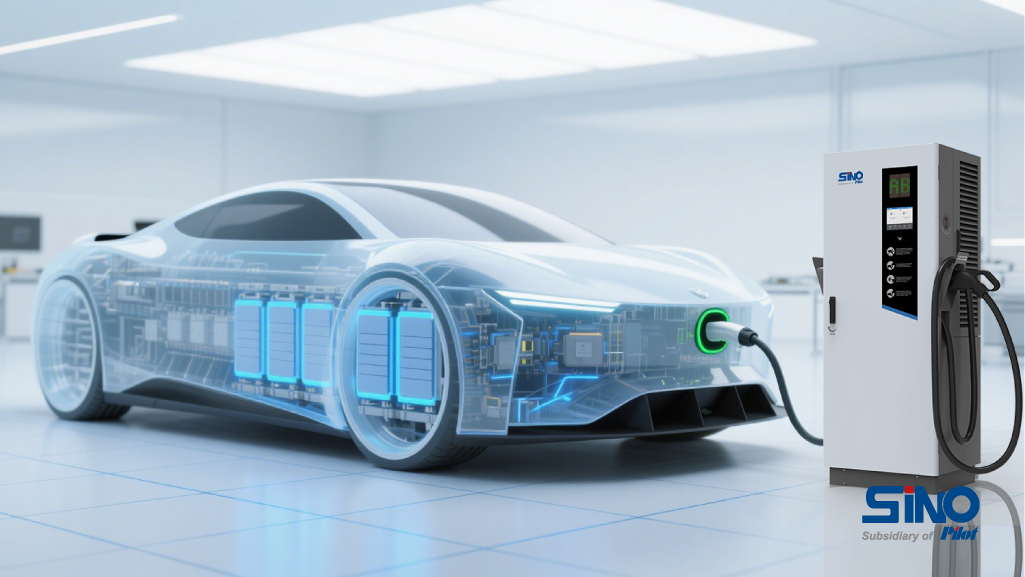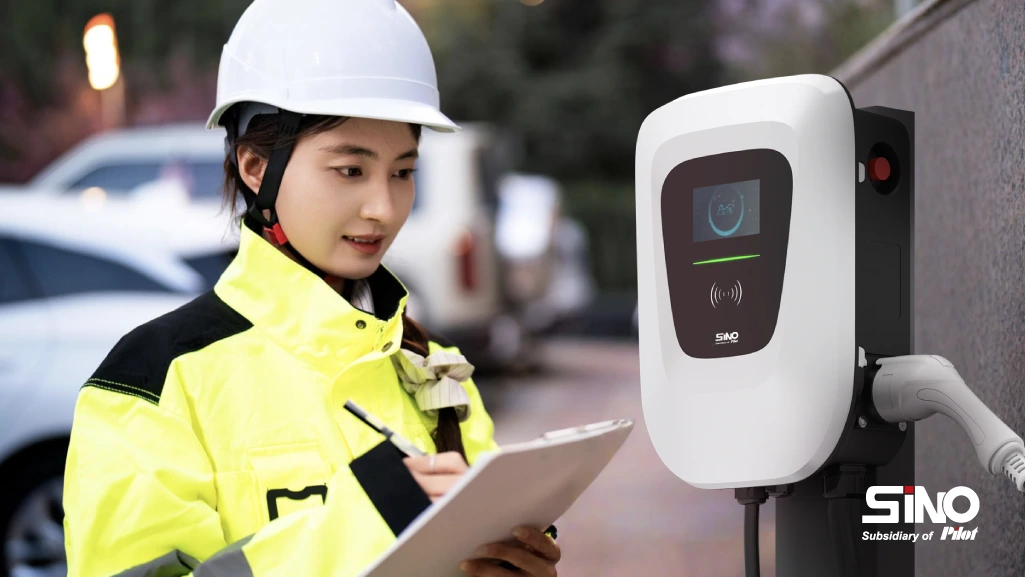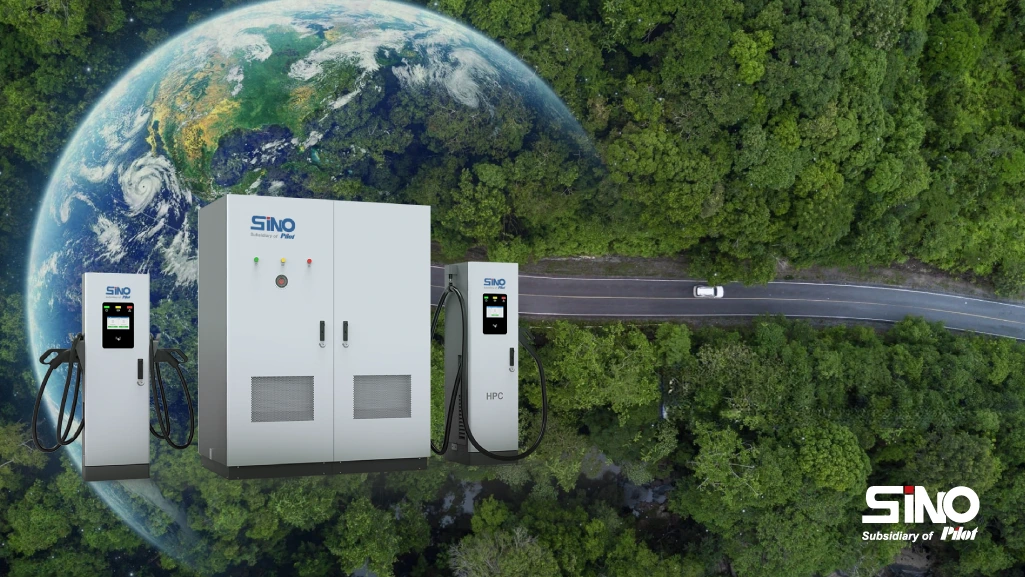In the modern energy landscape, the integration of electric vehicles (EVs) into our daily lives is rapidly increasing. However, this growth poses significant challenges to the power grid. Energy storage system has emerged as a crucial solution to address these issues, offering a way to relieve the burden on the grid and enhance the efficiency of EV charging simultaneously.
Energy storage systems can improve the reliability of EV charging in several ways:
Relieving the Grid Burden
Peak Load Management
Energy storage systems play a crucial role in supporting the power grid, particularly in managing peak load periods. These times often occur in the early evenings when individuals return home and turn on various electrical appliances, in addition to charging their electric vehicles (EVs) with AC EV chargers. During such peak demand periods, the grid can become strained. Energy storage systems help mitigate this issue by storing energy during off-peak hours when electricity is more affordable and plentiful. Then, during peak times, this stored energy can be fed back into the grid, effectively flattening the load curve. This process reduces the necessity for power plants to rapidly increase output, minimizing operational inefficiencies and costs.
Integration of Renewable Energy
The integration of renewable energy sources, like solar and wind, introduces variability in power generation, as these resources are dependent on weather conditions. More information about the EV charging with solar , you may read our article HERE .
Energy storage systems can capture excess energy generated during high production periods. For instance, on a bright, sunny day when solar output is high, surplus energy can be stored for later use. When the sun sets or wind speeds drop, and renewable generation decreases, this stored energy can then be fed into stabilize the grid. By doing so, reliance on traditional fossil-fuel-based power plants is reduced during these intermittent periods, thereby alleviating the overall strain on the grid.

Increasing EV Charging Efficiency
Fast Charging Support
At EV charging stations, particularly at public fast charging stations, energy storage systems can be instrumental. These systems can deliver high power output for a short period during the charging process, acting as a buffer between the grid and the EV charger. Rather than drawing a significant amount of power directly from the grid all at once—which can lead to voltage fluctuations and stress on the grid—the energy storage system provides the necessary energy. This approach facilitates quicker EV charging without overburdening the grid connection at the charging station.
Load Balancing at Charging Stations
In locations with multiple EV chargers, energy storage systems can also assist with load balancing. When several EVs begin charging at the same time, the storage system can evenly distribute the power demand. It can prioritize charging based on factors such as the battery state of charge and user-defined preferences. This intelligent load balancing ensures that each EV charges effectively while preventing grid-related complications or overloading the local distribution network linked to the charging station.
Grid – Independent Charging
Additionally, energy storage systems can provide grid-independent charging solutions. In scenarios such as remote areas or during grid outages, EVs can be charged using energy stored within local storage systems. This capability not only offers an emergency charging alternative but also lessens the load on the main grid during regular operations, allowing it to manage a portion of the charging demands independently.
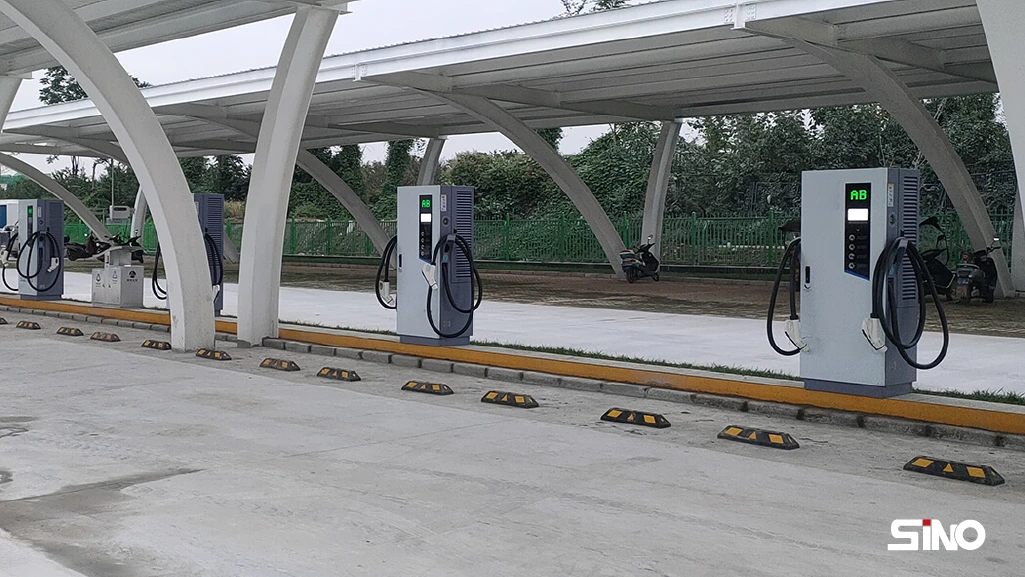
Supporting Grid Maintenance and Upgrades:
During periods when the grid is undergoing maintenance or upgrades, energy storage systems can provide continuous power to charging stations. This uninterrupted supply is vital for maintaining high service availability and ensuring customer satisfaction, enabling EV users to charge their vehicles without disruption.
Power Quality Improvement:
Incorporating energy storage with renewable energy systems for EV charging also leads to enhanced power quality. The variability in output from renewable energy sources can be effectively managed by these storage systems, which deliver a stable and clean power supply to charging stations. This stability is essential for the optimal functioning and longevity of both EV batteries and charging equipment.
The challenges associated with the integration of EV charging stations and energy storage systems
Energy storage systems significantly enhance the reliability of EV charging by managing load shifts, providing backup power during outages, and ensuring service continuity during maintenance. But there are still some challenges faced to this evolution. They can be:
Technical Complexity
Interoperability:
Interoperability is essential for ensuring that various components, such as electric vehicle (EV) chargers, energy storage units, and the power grid, can communicate and function together efficiently. Due to the presence of different manufacturers, there are various communication protocols and technical specifications for these devices. It is crucial to seamlessly integrate chargi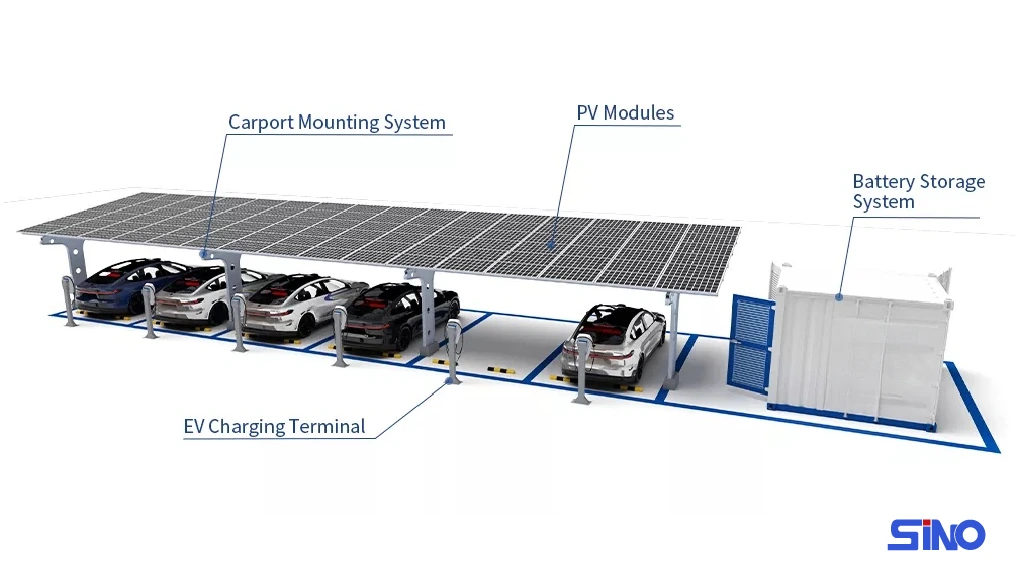 ng standards for EVs, such as CCS and CHAdeMO, with the control systems of energy storage.
ng standards for EVs, such as CCS and CHAdeMO, with the control systems of energy storage.
Power Conversion and Management:
Bidirectional power flow is vital for optimizing energy storage usage during EV charging. This process allows energy to move from the grid to the storage unit and then to the EV, and it can even enable energy to flow back from the EV to the grid or storage. To facilitate this, advanced power conversion technologies are necessary, as they must efficiently and reliably manage varying voltages and power levels. The power electronics involved should also be capable of handling rapid changes in power direction and magnitude without significant losses or potential damage.
System Sizing:
When it comes to system sizing, identifying the right size for the energy storage system in relation to the charging station’s capacity and anticipated demand can be quite complex. An inadequately small storage system may lack the ability to provide sufficient backup power or load-shifting capabilities. Conversely, an excessively large storage system can result in higher costs and inefficiencies in energy storage and management.
Cost Considerations
Initial Investment:
Installing energy storage systems like lithium-ion battery banks can be quite costly. This cost encompasses not only the batteries but also the necessary power conversion equipment, control systems, and installation expenses. For small to medium-sized electric vehicle (EV) charging stations, this initial investment can pose a considerable obstacle to adoption.
Maintenance and Replacement:
Energy storage systems require consistent maintenance to maintain their efficiency and lifespan. Additionally, the costs associated with battery replacement can be substantial, particularly for systems with high capacity. Over time, battery degradation can lead to diminished energy storage capacity and power output, necessitating either costly replacements or refurbishments.
Economic Viability:
The potential return on investment for integrating energy storage with EV charging stations can often be ambiguous. Revenue generated from charging services may fall short of covering the costs associated with the energy storage system, especially if energy prices and charging tariffs do not adequately reflect the value added by storage-enabled services, such as peak shaving and backup power.
Regulatory and Policy Hurdles
Grid Connection and Tariffs:
Integrating energy storage systems into the power grid comes with a set of intricate regulations. Grid operators typically have specific requirements related to safety, power quality, and grid stability. Furthermore, the current tariff structures may not support the efficient incorporation of energy storage into EV charging. For instance, the absence of suitable incentives for load-shifting or utilizing stored energy during peak demand can diminish the economic advantages of such integration.
Safety and Standards:
There is a pressing need for well-defined safety standards governing the simultaneous operation of EV charging stations and energy storage systems. Given that these systems utilize high-energy density batteries, they pose risks such as fire and explosion. Ensuring adherence to safety regulations and establishing clear standards for the installation, operation, and maintenance of these systems presents a significant challenge.
Energy Management and Optimization
Predictive Analytics:
Accurately predicting the demand for EV charging, taking into account factors such as time of day, day of the week, local events, and user behavior, is essential for effective energy management. However, developing reliable predictive models is difficult due to the variability of EV usage patterns. Without accurate predictions, it is challenging to optimize the use of the energy storage system to meet the charging demand efficiently.
Optimal Control Strategies:
Determining the best control strategies for charging the energy storage system, discharging it to the EVs, and interacting with the grid is a complex problem. Different strategies may be needed depending on the grid conditions, energy prices, and the state of charge of the energy storage and EV batteries. Finding the optimal balance between these factors to minimize costs and maximize the reliability of charging is an ongoing research and development area.
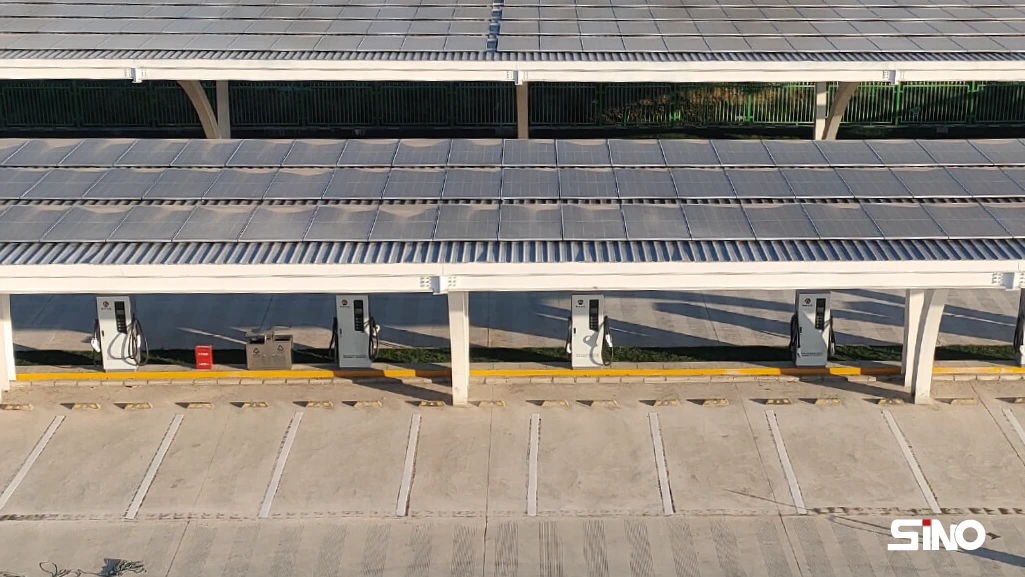
Energy Management and Optimization
Predictive Analytics:
Accurately predicting the demand for EV charging, taking into account factors such as time of day, day of the week, local events, and user behavior, is essential for effective energy management. However, developing reliable predictive models is difficult due to the variability of EV usage patterns. Without accurate predictions, it is challenging to optimize the use of the energy storage system to meet the charging demand efficiently.
Optimal Control Strategies:
Determining the best control strategies for charging the energy storage system, discharging it to the EVs, and interacting with the grid is a complex problem. Different strategies may be needed depending on the grid conditions, energy prices, and the state of charge of the energy storage and EV batteries. Finding the optimal balance between these factors to minimize costs and maximize the reliability of charging is an ongoing research and development area.
Conclusion:
To fully harness the potential of energy storage systems in alleviating grid pressures and enhancing EV charging experiences, it is important for policymakers, grid operators, and the electric vehicle industry to collaborate closely. Together, they can further advance and optimize these systems, ensuring a smoother transition to a more sustainable energy framework.
Our Social
Facebook: www.facebook.com/sinoevc
Instagram: www.instagram.com/sinoevc
Linkedin: www.linkedin.com/company/sinoevse
Youtube: www.youtube.com/@sinoevc
Twitter: www.twitter.com/sinoevc

“Charging for A Better Life”
—Zhuhai Sino Energy Technology Co.,Ltd.





